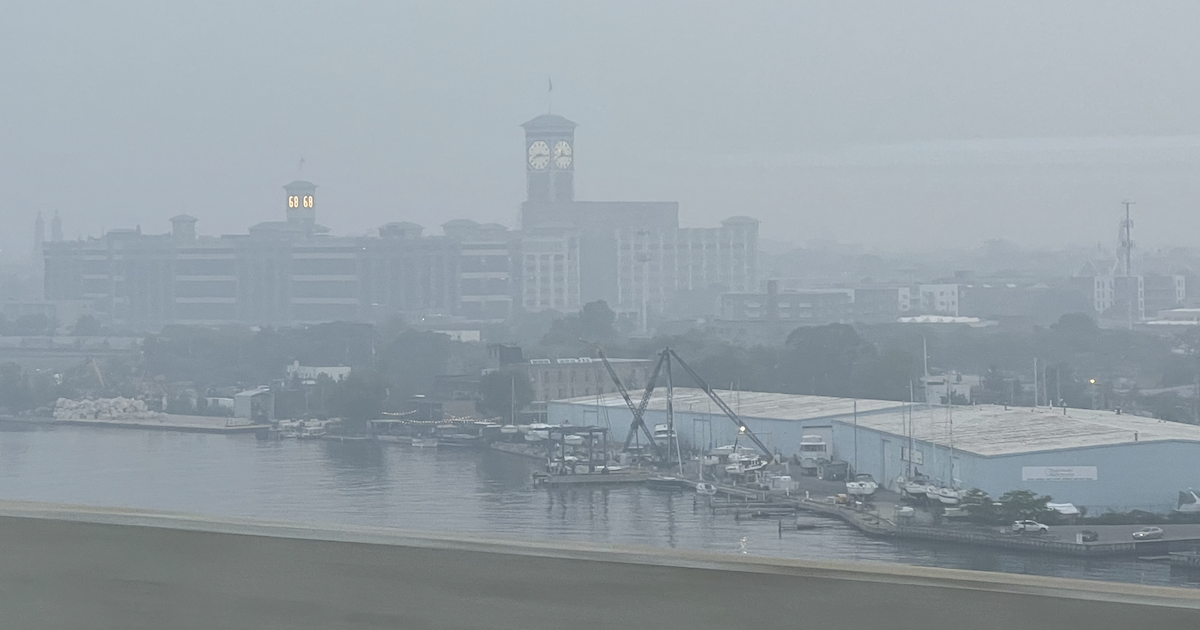Record air quality index
Wildfire smoke contains thousands of different chemicals, gases, and particulates and is a potent respiratory irritant. While everyone will experience some degree of shortness of breath, cough, and both nose and eye irritation with wildfire smoke exposure, people with chronic respiratory diseases are at greater risk. Be sure to take your daily controller medications regularly, check your supply of rescue medication and keep it readily accessible. A good rule of thumb is that if it smells smoky outdoors, you should stay inside as much as possible, but even if you can't smell it, if you feel any discomfort in your eyes, nose, or chest it's a good idea to go inside. People with lung diseases such as asthma or COPD run the risk of a severe exacerbation requiring urgent care if they start to feel symptoms but continue to expose themselves to polluted air. When in doubt, go inside!

Most concerning in wildfire smoke is the fine particulates known as PM2.5 - the particulate matter that is 2.5 microns in size or smaller. These particles can easily be inhaled way down to depths of the lungs where they cause the most irritation. N95 masks are 95% efficient at removing particles 0.3 microns in size or larger and will keep all but the smallest particles out of the lungs if well-fitted to the face, and should be worn outdoors, especially when the air quality is so poor that you can see the haze and smell the smoke. Indoors, equip your furnace with a filter rated at MERV 11 or higher to be at least 20% efficient at removing particles .3 microns and larger. Don't do anything to further decrease indoor air quality, such as frying or grilling foods on the stove. Portable air cleaners can also be used in rooms where you spend a lot of time, like the bedroom. These are rated in terms of Clean Air Delivery Rate, which should be at least two-thirds the size of the room in square feet. For example, if your bedroom is about 150 square feet, you need a portable filter with a CADR of at least 100.

